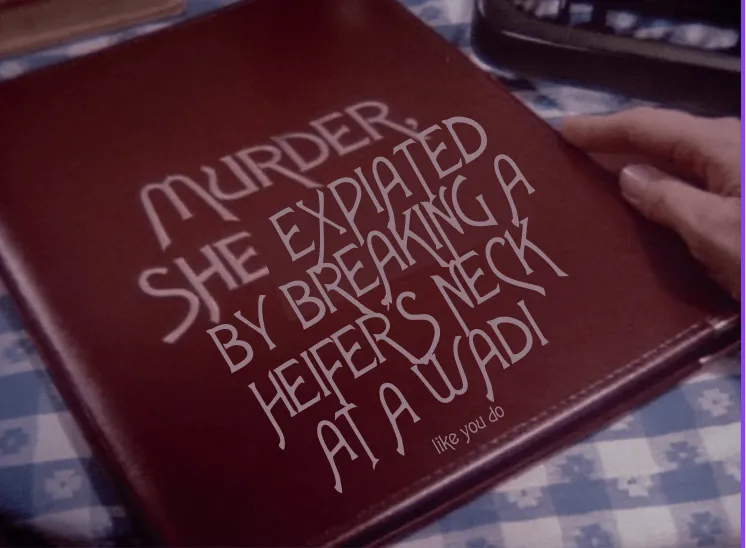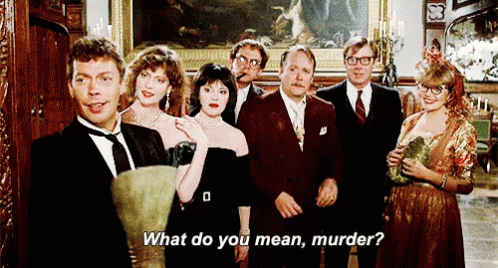guilt and responsibility
what does a perplexing ritual that happens in the wake of an unsolved murder tell us about leadership, community, and responsibility?

This is Life as a Sacred Text 🌱, an everybody-celebrating, justice-centered voyage into ancient stories that can illuminate our own lives. It‘s run on a nonprofit, so it’s 100% NAZI FREE. More about the project here, and to subscribe, go here:
Today we're going to look at a biblical murder mystery. If you've been working with a hevruta/study partner, this is a good one to read together, as you go.
(If you haven't been, and want one, there will be a chance to re-up very soon!)

"If... someone slain is found lying in the open, and the identity of the slayer is not known, your elders and magistrates will go out and measure the distances from the corpse to the nearby towns. The elders of the town nearest to the corpse shall then take a heifer which has never been worked, which has never pulled in a yoke; and the elders of that town shall bring the heifer down to an everflowing wadi [ravine], which is not tilled or sown. There, in the wadi, they shall break the heifer’s neck. And they shall make this declaration: 'Our hands did not shed this blood, nor did our eyes see it done... ' Thus you will remove from your midst guilt for the blood of the innocent." (Deuteronomy 21:1-9, abridged)
Dead body, check. No smoking gun– got it. Nearest elders break a heifer's neck and say something about not knowing what happened: OK, then.
Because... this will somehow fix everything? What is this ritual– known as the egla arufa, the heifer whose neck is broken– really about?


